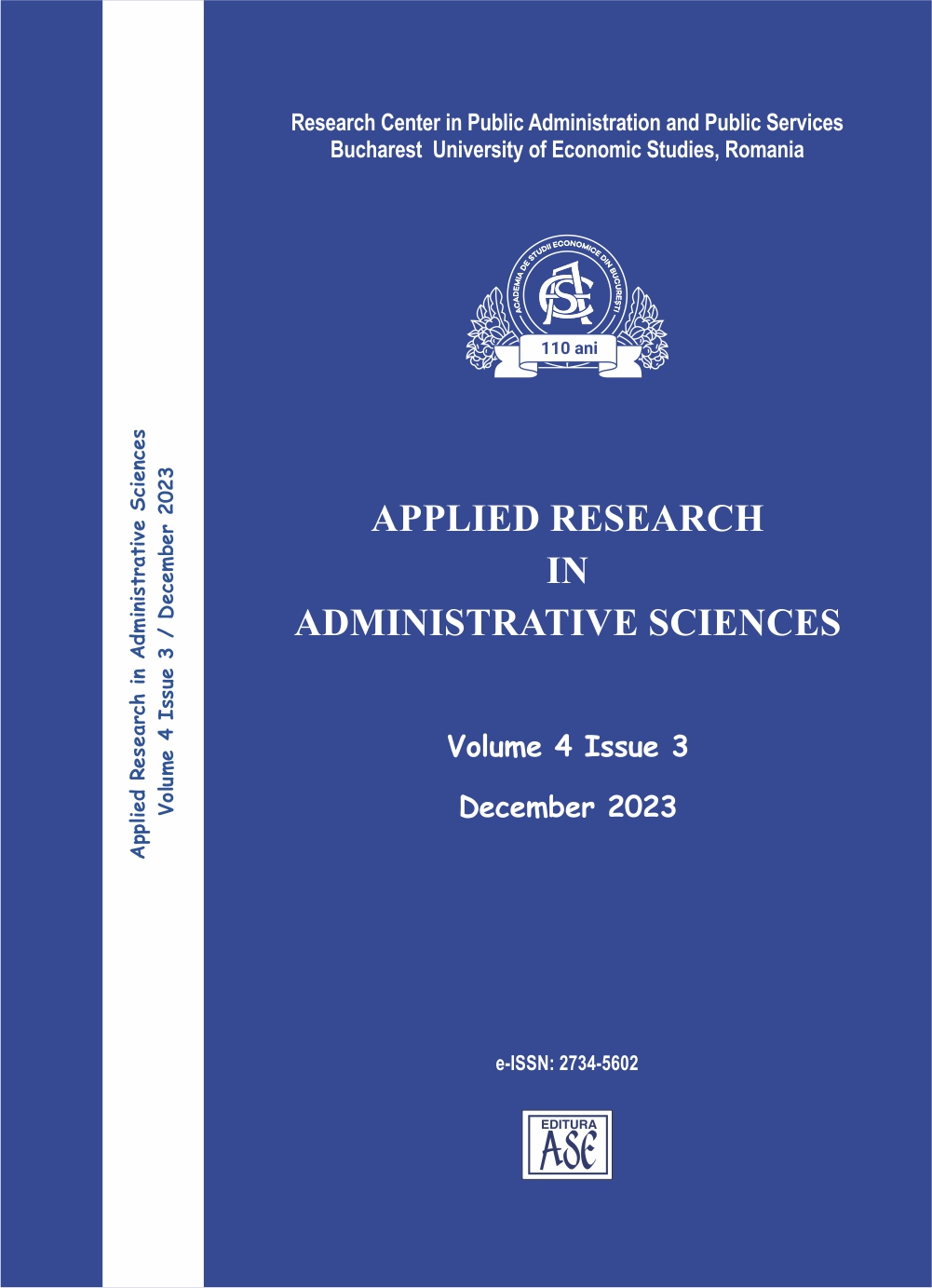CLIMATE CHANGE TRENDS AND EARLY ADAPTATION STRATEGIES: POTENTIAL IMPACTS AND SOLUTIONS FOR BUCHAREST MUNICIPALITY
CLIMATE CHANGE TRENDS AND EARLY ADAPTATION STRATEGIES: POTENTIAL IMPACTS AND SOLUTIONS FOR BUCHAREST MUNICIPALITY
Author(s): Andrei-Laurențiu Popescu, Ioana NenciuSubject(s): Politics / Political Sciences, Civil Society, Public Administration
Published by: Centrul de Cercetare in Administratie si Servicii Publice
Keywords: data analysis; energy demand; outdoor comfort; climate change;
Summary/Abstract: This paper explores some of the emerging impacts of climate change on urban environments, specifically, in this case, on the city of Bucharest. While using 2008 to 2023 data acquired from meteoblue.com, the analysis identifies specific trends in the local climate through two indicators: (i) the number of (air temperature) degree-hours beyond or below different thresholds and (ii) the Temperature-Humidity Index (ITU). The key findings relate to some observations that can be made after processing the data and looking at the different resulting trends. On the one hand, the number of degree-hours above certain temperature thresholds seems on an ascendant trendline. On the other hand, a decreasing trendline for degree-hours below lower specific thresholds can be noticed. This suggests that an increase in energy demand for cooling and a slight decrease in energy demand for heating buildings might be expected in the following decades, something with various consequences (e.g., socio-economic, environmental, etc.). When considering the other parameter assessed, the Temperature-Humidity Index (ITU), again, an escalating trend may be observed throughout the period for which data was available. Collectively, the findings raise a flag on specific increasing trends in levels of outdoor discomfort. Although the study's findings may be preliminary and exploring additional datasets would be desirable, they highlight a possible local warming trend and the need for early-stage urban adaptation strategies to increase local climate resilience. Given the concerns raised, the concept of Blue-Green Infrastructure (BGI) is identified as an essential solution to some of the different issues brought forth while assessing the data mentioned earlier and even when acknowledging the current problems experienced by Bucharest’s inhabitants during the hot season.
Journal: APPLIED RESEARCH IN ADMINISTRATIVE SCIENCES
- Issue Year: 4/2023
- Issue No: 3
- Page Range: 32-39
- Page Count: 8
- Language: English

